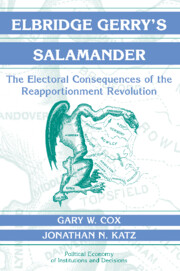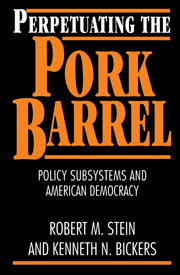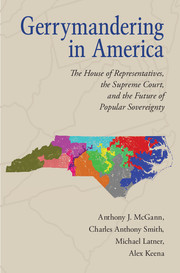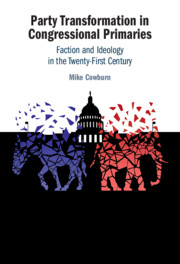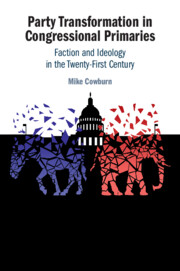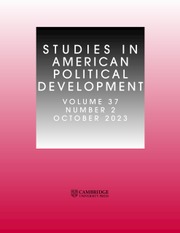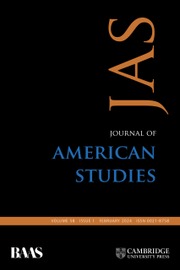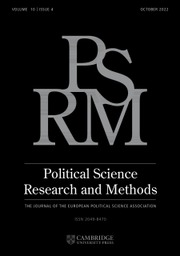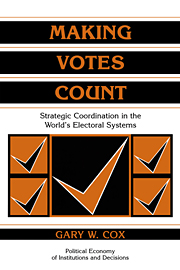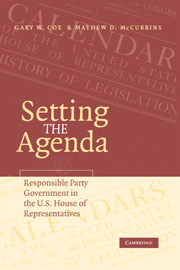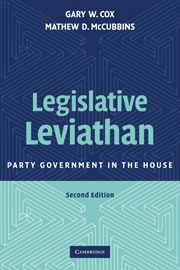Elbridge Gerry's Salamander
The Supreme Court's reapportionment decisions, beginning with Baker v. Carr in 1962, had far more than jurisprudential consequences. They sparked a massive wave of extraordinary redistricting in the mid-1960s. Both state legislative and congressional districts were redrawn more comprehensively--by far--than at any previous time in our nation's history. Moreover, they changed what would legally happen should a state government fail to enact a new districting plan when one was legally required. This book provides the first detailed analysis of how judicial partisanship affected redistricting outcomes in the 1960s, arguing that the reapportionment revolution led indirectly to three fundamental changes in the nature of congressional elections: the abrupt eradication of a 6% pro-Republican bias in the translation of congressional votes into seats outside the south; the abrupt increase in the apparent advantage of incumbents; and the abrupt alteration of the two parties' success in congressional recruitment and elections.
- Provides the first detailed analysis of how judicial partisanship affected redistricting outcomes in the 1960s
- Shows how redistricting in the 1960s led to the eradication of what had previously been a significant pro-Republican bias
- Shows how the Supreme Court's decision in Baker v. Carr affected strategic entry and exit in congressional elections
Reviews & endorsements
"[T]his is the only book in print to analyze the partisan and electoral consequences of congressional reapportionment and redistricting. Highly recommended for lower-division undergraduates and above." Choice
"Elbridge Gerry's Salamander will be of interest to students of congressional elections, electoral institutions, and the courts...[It] should be required reading for graduate seminars on the topic. This book is the new standard for research on this topic and is sure to lead to vigorous debates concerning the impact of redistricting on incumbency safety and partisan bias." Congress & the Presidency
"...a study with important new findings relating to the impact of the reapportionment revolution." Perspectives on Politics
Product details
March 2002Paperback
9780521001540
248 pages
228 × 152 × 15 mm
0.35kg
7 b/w illus. 22 tables
Available
Table of Contents
- Part I. Introduction:
- 1. Introduction
- 2. The reapportionment revolution
- Part II. Democrats and Republicans:
- 3. A model of Congressional redistricting in the US
- 4. The case of the disappearing bias
- 5. The role of the courts in the 1960s redistricting process
- 6. Bias, responsiveness and the courts
- 7. Redistricting's differing impact on Democratic and Republican incumbents
- Part III. Incumbents and Challengers:
- 8. The growth of the incumbency advantage
- 9. Redistricting and electoral coordination
- 10. Redistricting, the probability of securing a majority and entry
- 11. Reassessing the incumbency advantage
- Part IV. Conclusion:
- 12. Conclusion.

